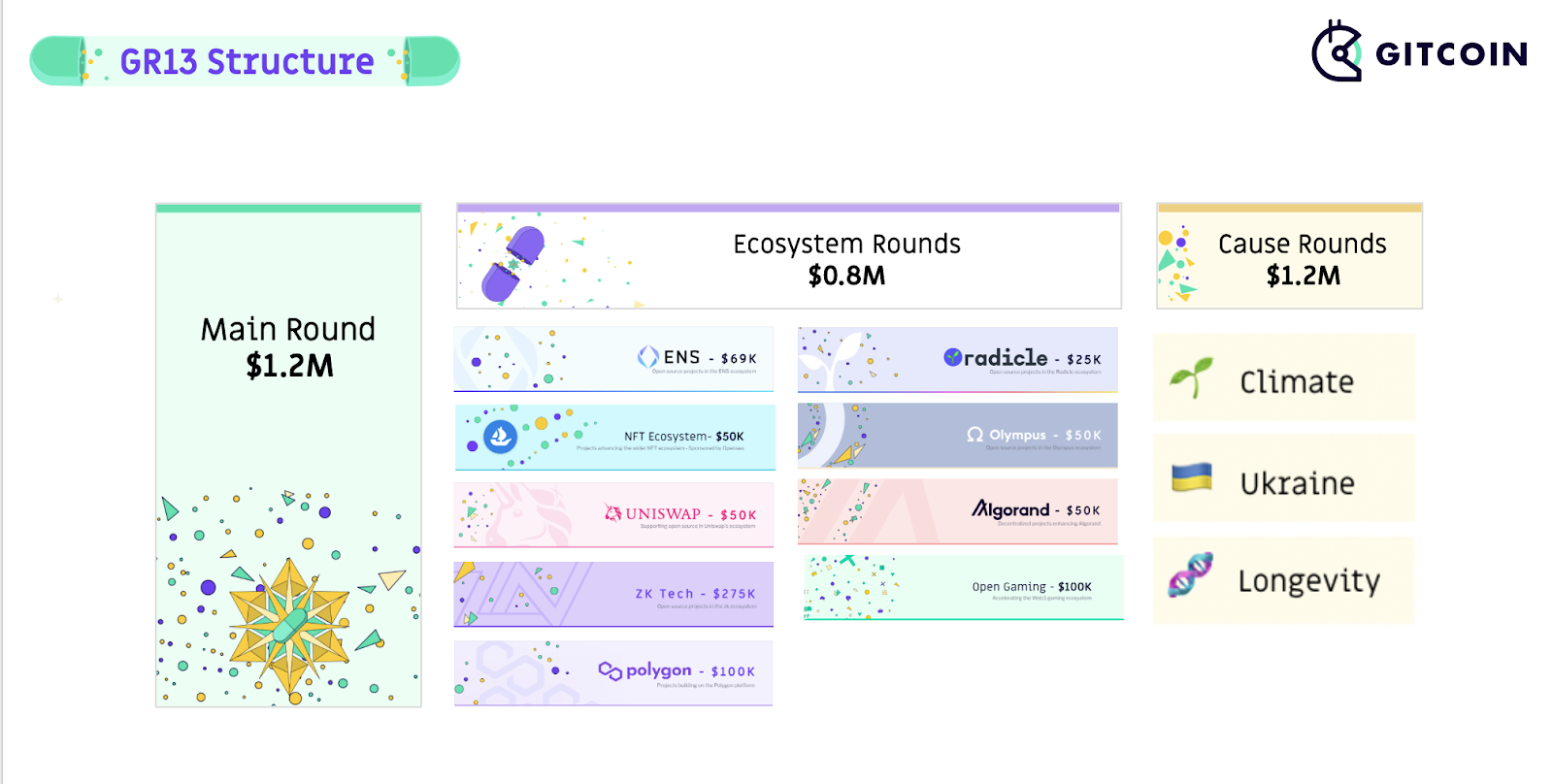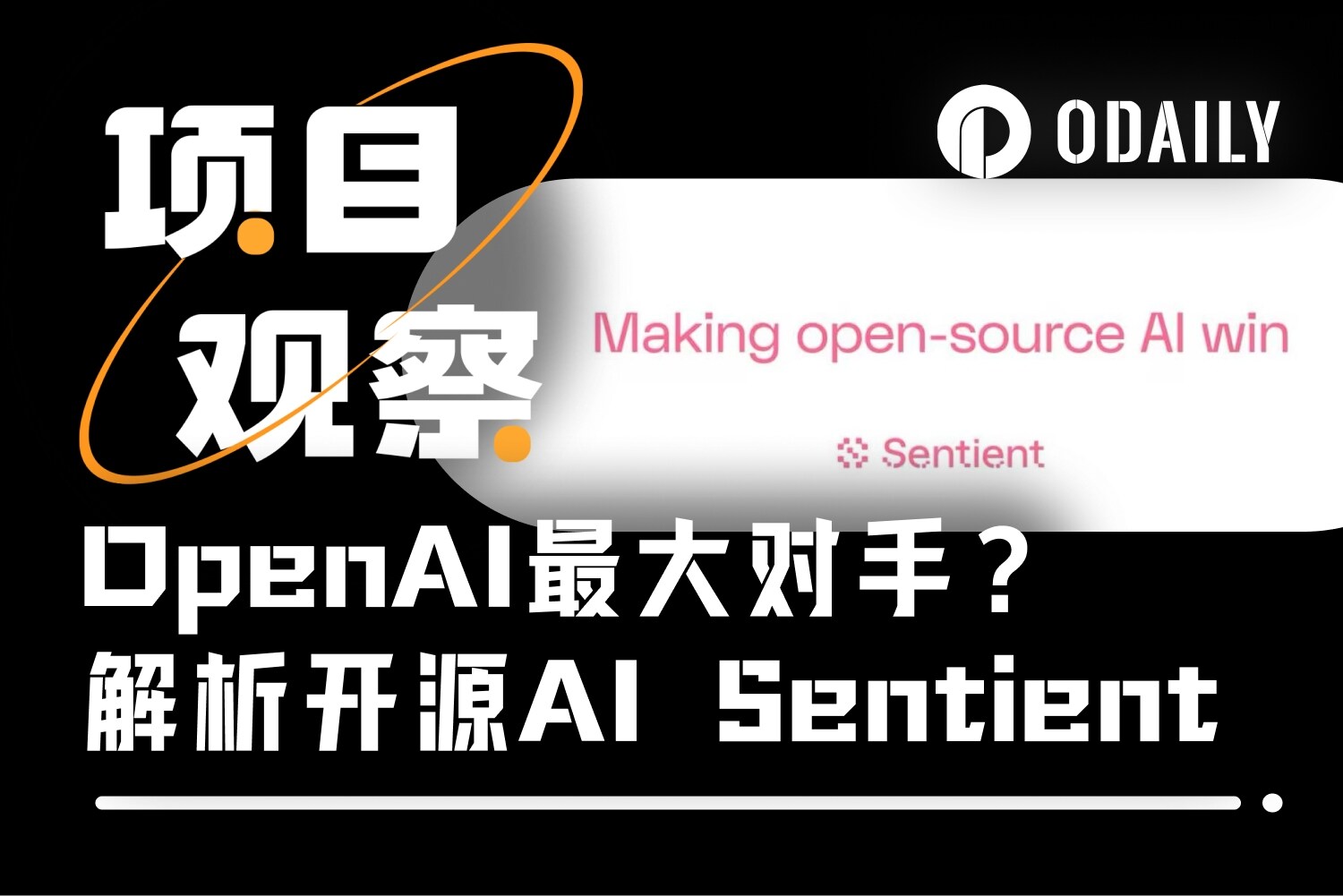How Gitcoin’s Grants Protocol Will Change On-Chain Funding and Donations
October 7, according toofficial twitter, Gitcoin will launch a new product, Grants Protocol, which is a financing infrastructure that allows any community to start its own grant program that includes community decisions, and is currently in closed beta. The original Gitcoin Grants will continue to operate as a Web3 public product. Over the next few months, Gitcoin will open an initial round of grants with its design partners.
What problem does this product solve? How will you upgrade and iterate Gitcoin's existing business? Odaily will use this article for analysis.
First, let’s talk about some pain points of Gitcoin.
funding limit
The current quadratic fund pool mainly comes from donations from leading Web3 projects.
The 15th round of Gitcoin Grants, which opened on September 7, distributed a total of US$4.4 million in grants, of which US$830,000 came from community donations, and most of the donations came from some leading organizations of Web3.
According to the figure below, we can know the specific information of the main donors of the 11th round of Gitcoin last year. Most of them are well-known project parties on Ethereum.
But if funding sources can be extended to other ecosystems as well as Web2, this will further expand the funding pool and increase the ability to fund projects.
Issue restrictions
At present, new projects participating in donation activities on Gitcoin have problems with the issuance of time-limited donations and review thresholds.
Regarding time-limited donations, the Gitcoin Grants donation campaign has a defined start and end time and is usually held quarterly. For projects, this means that they can only receive donations from the Gitcoin Grants quadratic fund pool on Gitcoin within a specified period of time. When the Grant Round of Gitcoin ends, the donation channel on Gitcoin will be closed, which will limit project financing.
Regarding the review threshold, each new project uploaded to Gitcoin needs to submit fixed information and wait for review, and each Gitcoin donation plan will have specific eligibility requirements. Although it can screen out low-quality projects to ensure project quality, it also sets a certain threshold for new projects to participate in donations.
platform split
This is a common problem faced by most blockchain funding platforms.
Although Gitcoin is considered by most people to be the "army" of Ethereum, it has in fact become an incubator for many Ethereum projects. But it does not restrict projects in other ecosystems from participating in Gitcoin Grants. We can find that Algorand and Solana also carry out bounty tasks on Gitcoin.
However, there are still ecosystems other than Ethereum such as Cosmos, Avalanche, Aptos, etc. that have not participated in Grants and hackathons on Gitcoin.
Regardless of ecological competition considerations, lack of customization may be the reason why they do not choose Gitcoin. Other alternatives include platforms such as Dorahack, Credencys Solutions, E-Consulting, Archer, and Qiscus, which can also carry out project funding, hackathons, and bounty tasks for the ecosystem.
But multiple funding platforms have created a split between funding and developers. From the perspective of the blockchain, different ecosystems carry out financing on different platforms, which will split the efficiency of fund use. For example, the quadratic fund pool on Ethereum often has surplus, while some emerging small ecosystems Funding may not be strong enough, which creates a mismatch of funds.
From a developer's point of view, when he develops a multi-chain project such as a cross-chain bridge, he often needs to submit his project on two or even multiple platforms to apply for funding, which will also impose a burden on the developer.
secondary title
Grants Protocol Innovation
according toIntroduction to Gitcoin, Grants Protocol, as a next-generation open financing platform incubated by Gitcoin, can help individuals and organizations build their own grant programs. Unlike Gitcoin, Grant Protocol also supports crowdfunding (similar to JuiceBox) and community-led grant programs. For example, a DAO can publish its own project on Grants Protocol, and users and organizations other than DAO can also finance the project.

lower threshold
Compared with Gitcoin, the financing threshold of Grants Protocol is lower. Grants Protocol allows all communities and ecosystems to provide financing to everyone through Grants Protocol, and the threshold is greatly reduced. It is foreseeable that there will be some DAOs that specialize in reinvesting in social financing on Grants Protocol, and Grants Protocol may become an LP platform for investing in DAOs.
more customized
Grants Protocol will provide modular and flexible open source tools to help the community achieve more customized grant programs and customized financing needs for different projects. For example, Grants Protocol can provide monthly, weekly or even daily funding plans that Gitcoin Grants cannot provide.
And different from Gitcoin's ecological round of funding, Grants Protocol can provide more diverse funding programs to promote the development of more track products.

In terms of bounties, Grants Protocol also supports various ecosystems and communities to issue more customized bounty tasks, which may replace task tools like DeWork to a certain extent, and at the same time make task management more convenient for the community.
more uniform
Due to the customization provided, this may allow all ecosystems to gradually shift to sharing the same financing platform, allowing developers and projects to have more financing opportunities and improve capital efficiency, without the need for each Gitcoin Grants as in the past. Wait for the supply of quadratic funds within a specific quarterly time.
As the Grants Protocol rolls out in the future, we can expect the Grant Protocol itself to become a public good — a financing infrastructure for all individuals, groups, communities, and ecosystems. There are more project parties that can raise funds at a lower cost and faster, and connect to other resources, thereby promoting the development of the entire encryption community.



